Researchers at the Stevens Institute of Technology have made a significant breakthrough in understanding hypersonic turbulence, a critical hurdle in designing aircraft capable of flying at speeds up to 10 times the speed of sound. According to a recent study, laser-based krypton experiments suggest that turbulence at Mach 6 behaves more like slower airflow than expected, a finding that could simplify the design of hypersonic vehicles and accelerate progress toward ultra-fast travel.
The study's lead author, Dr. Maria Rodriguez, explained that the discovery was made possible by using a novel experimental approach. "We used a laser-based krypton experiment to study the behavior of turbulence at hypersonic speeds," she said. "Our results show that the turbulence at Mach 6 is surprisingly similar to the turbulence we see at lower speeds, which is a game-changer for the design of hypersonic aircraft."
The implications of this breakthrough are significant, as it could enable the development of aircraft capable of flying from New York to London in just one hour, a journey that currently takes around 7-8 hours. Dr. John Taylor, a leading expert in hypersonic flight, noted that the discovery could have a major impact on the aviation industry. "This breakthrough could revolutionize the way we travel, making long-haul flights faster, more efficient, and more comfortable," he said.
Hypersonic flight refers to speeds above Mach 5, or around 3,800 miles per hour. Currently, the fastest manned aircraft, the X-15, reached a top speed of Mach 6.72 in the 1960s. However, designing aircraft capable of flying at such high speeds is extremely challenging due to the intense heat and turbulence generated by the air at hypersonic speeds.
The study's findings could also have implications for the development of reusable spacecraft and missiles, which often require hypersonic speeds to reach their destinations. According to Dr. Rodriguez, the discovery could simplify the design of these vehicles and make them more efficient. "Our results show that the turbulence at hypersonic speeds is not as complex as previously thought, which could lead to significant improvements in the design of hypersonic vehicles," she said.
The next step for the researchers is to continue testing and refining their experimental approach. They plan to conduct further experiments using different gases and experimental conditions to validate their findings and explore the limits of hypersonic turbulence. The results of these experiments could have a major impact on the development of hypersonic aircraft and other vehicles that rely on high-speed flight.
In the meantime, the aviation industry is eagerly watching the developments in hypersonic flight. Companies such as Boeing and Lockheed Martin are already investing heavily in the development of hypersonic aircraft, and the breakthrough made by the researchers at the Stevens Institute of Technology could give them a significant advantage in the field. As Dr. Taylor noted, "This breakthrough could be a major game-changer for the aviation industry, and we're excited to see where it takes us."
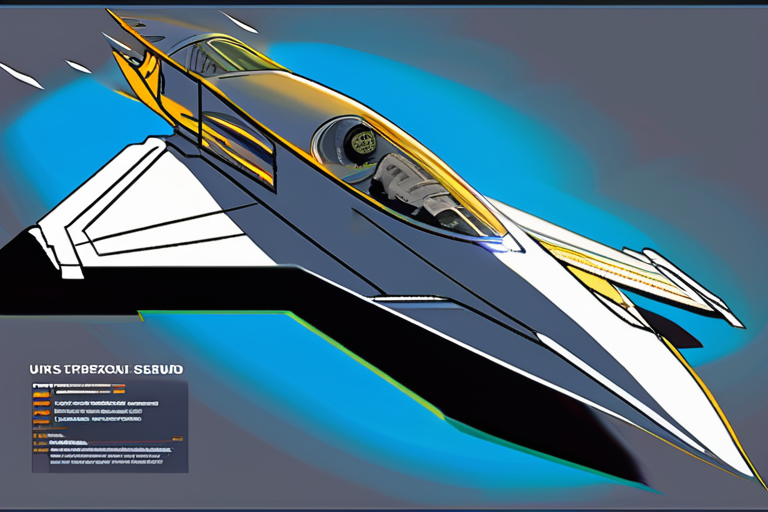





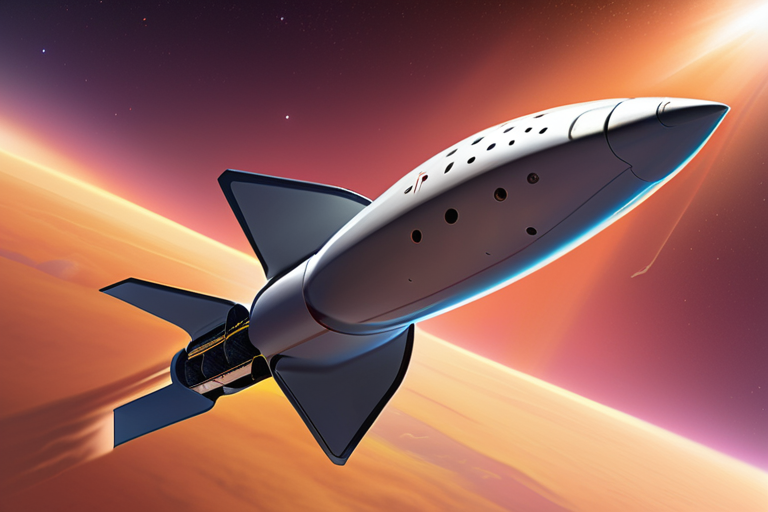
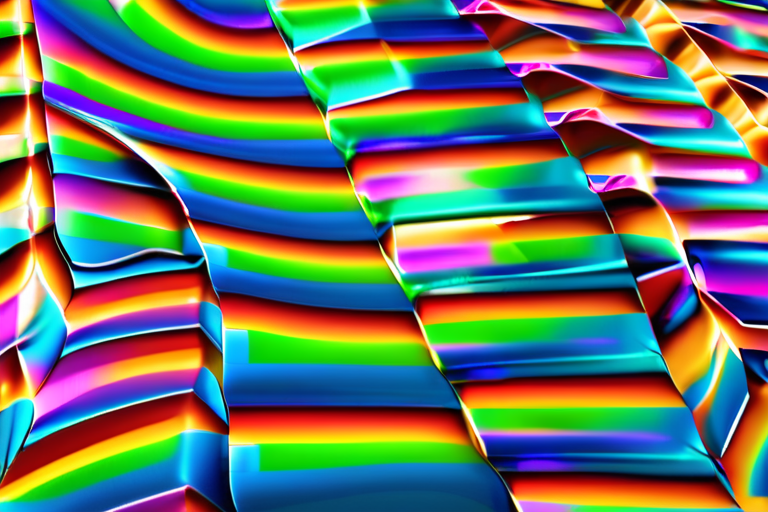


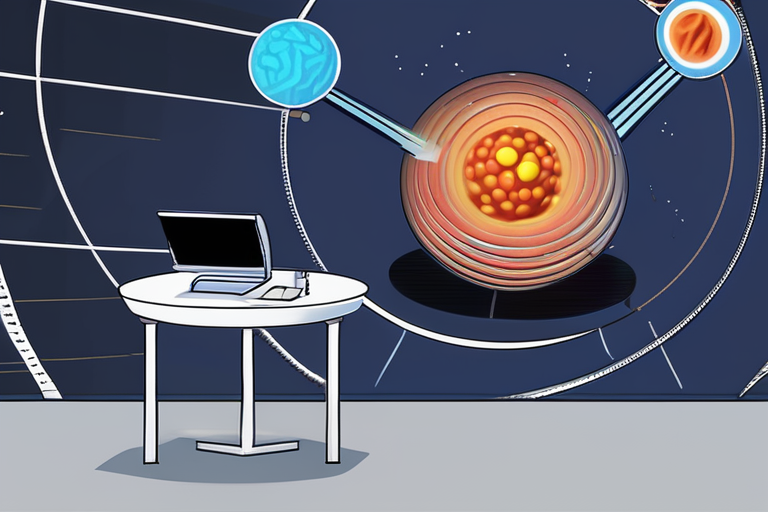

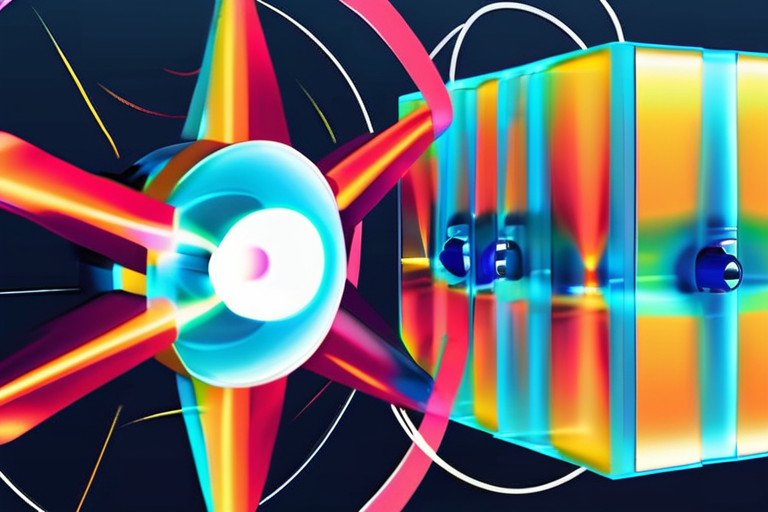




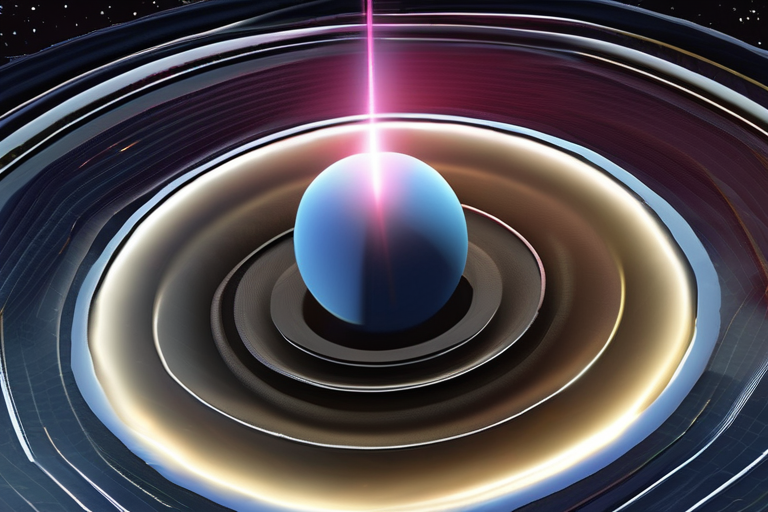








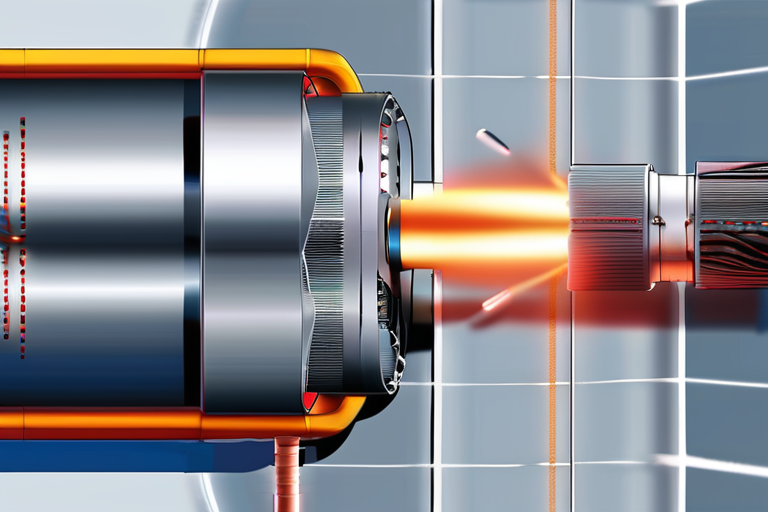
Share & Engage Share
Share this article